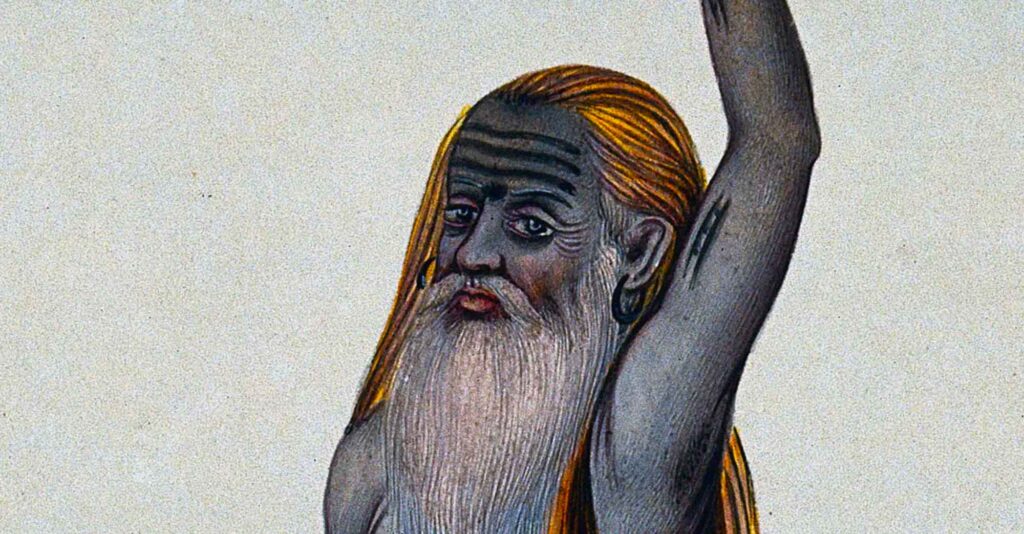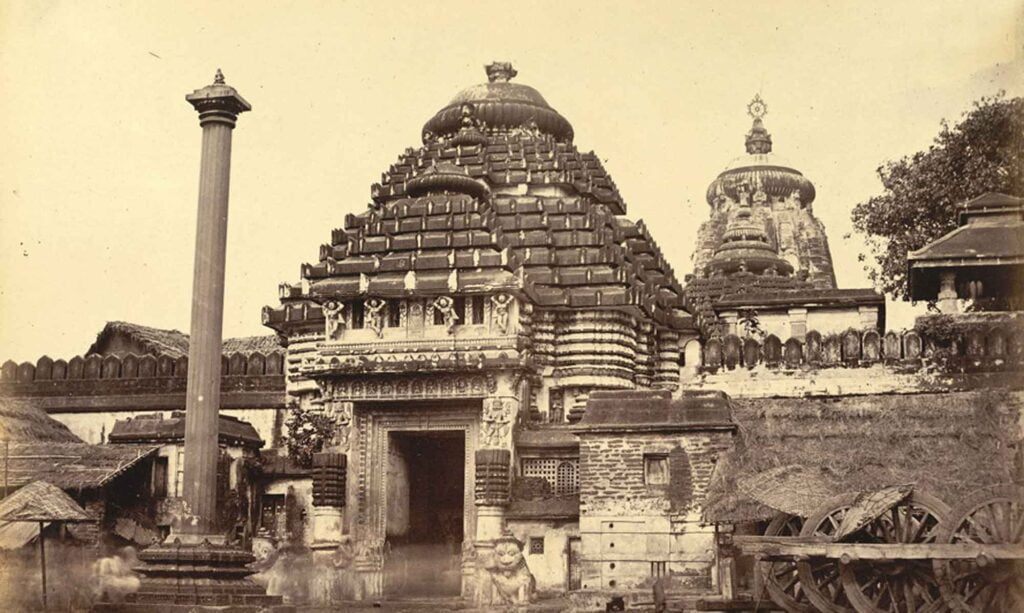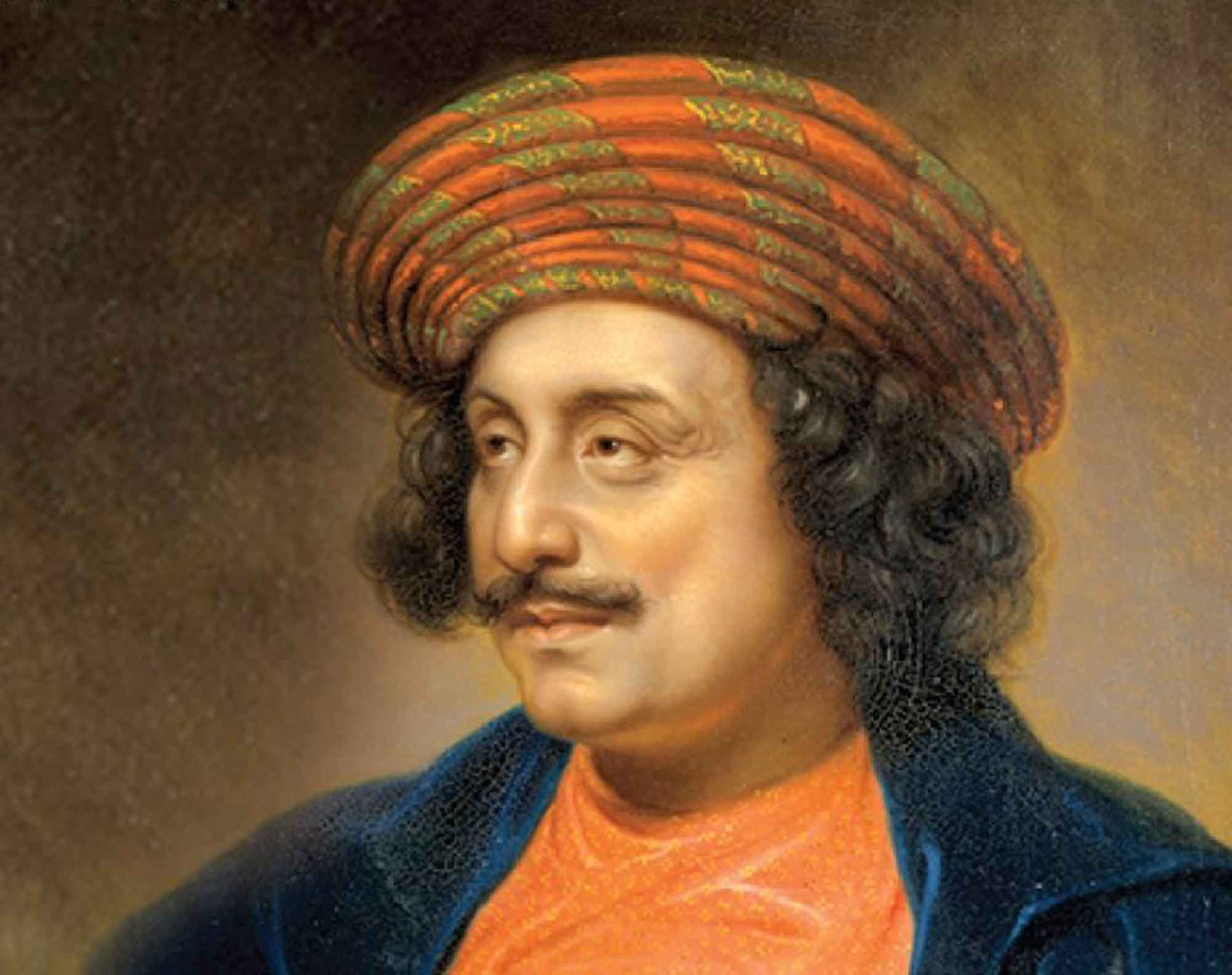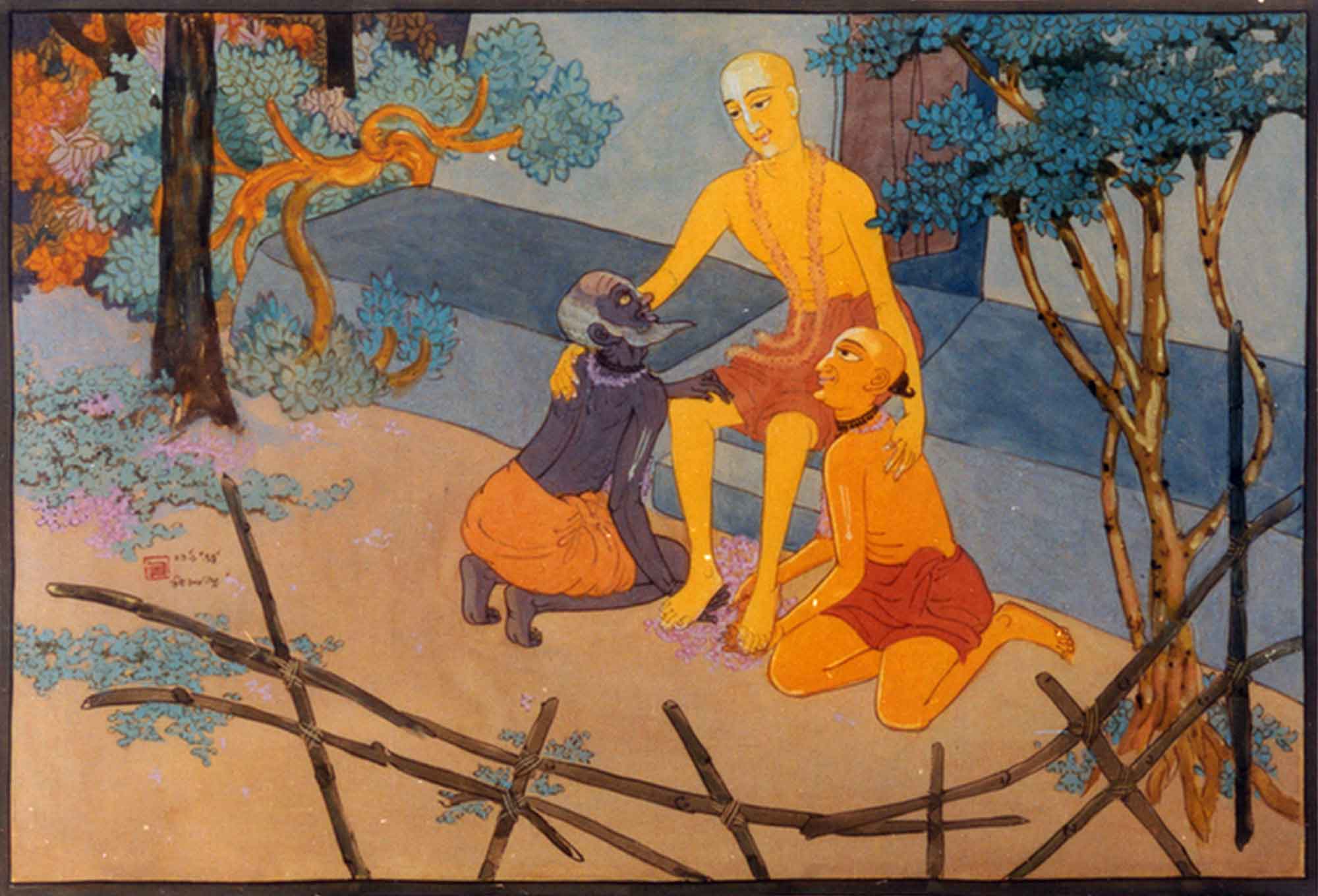Overview
In Vaiṣṇavera Svarūpa u Taṭastha Lakṣaṇa (The Natural and Marginal Characteristics of a Vaiṣṇava), published in Sajjana Toṣaṇi, Vol.4, Issue 1 in 1892, Śrīla Bhaktivinoda Thākura describes the two types of characteristics found in Vaiṣṇavas. He explains the twenty-six qualities of a Vaiṣṇava and how such qualities, when found in a non-devotee, are useless.
(translated by Swami B.V. Giri)
The name by which an object is recognised is called lakṣaṇa. A lakṣaṇa is of two types – svarūpa–lakṣaṇa (natural characteristics) and taṭastha-lakṣaṇa (marginal characteristics). That lakṣaṇas which is present in an object at all times, in all places and in all circumstances is the svarūpa–lakṣaṇa of an object. The lakṣaṇas in an object that rely upon a particular situation are known as taṭastha-lakṣaṇa. Just as objects have these two kinds of lakṣaṇas, so to do Vaiṣṇavas have these two types of lakṣaṇas. These teachings have emanated from the holy lips of Śrīman Mahāprabhu:
sarva mahā-guṇa-gaṇa vaiṣṇava-śarīre
(“All great qualities reside in the body of a Vaiṣṇava.” – Caitanya-caritāmṛta, Madhya-līlā 22.75)
kṛpālu, akṛta-droha, satya-sāra sama
nidoṣa, vadānya, mṛdu, śuci, akiñcana
sarvopakāraka, śānta, kṛṣṇaika-śaraṇa
akāma, anīha, sthira, vijita-ṣaḍ-guṇa
mita-bhuk, apramatta, mānada, amānī
gambhīra, karuṇa, maitra, kavi, dakṣa, maunī
(“A Vaiṣṇava is merciful, undefiant, the essence of truth, equipoised, faultless, munificent, gentle, pure, without material possessions, always engaged in beneficial work for all, calm, surrendered solely to Kṛṣṇa, without desire, indifferent, steady, in control of the six lower qualities, eats only as required, attentive, respectful, never expecting honour, sober, compassionate, friendly, poetic, expert and quiet.” – Caitanya-caritāmṛta, Madhya-līlā 22.78-80)
Vaiṣṇavas are characterised by these twenty-six lakṣaṇas. Amongst these qualities, kṛṣṇaika-śaraṇa (surrendered solely to Kṛṣṇa) is the svarūpa-lakṣaṇa of a Vaiṣṇava. The other qualities are taṭastha-lakṣaṇas. It is necessary to deliberate a little as to why surrender at the feet of Śrī Kṛṣṇa is the svarūpa-lakṣaṇa. Śrīman Mahāprabhu has said:
jīvera ‘svarūpa’ haya — kṛṣṇera ‘nitya-dāsa’
kṛṣṇera ‘taṭasthā-śakti’ ‘bhedābheda-prakāśa’
sūryāṁśa-kiraṇa, yaiche agni-jvālā-caya
(“The nature [svarūpa] of the jīva is to be an eternal servant of Kṛṣṇa. He is Kṛṣṇa’s taṭasthā–śakti and thus a manifestation which is simultaneously identical and different from Him. Just like a sun-ray is an expansion of the sun, or a spark is a part of fire.” – Caitanya-caritāmṛta, Madhya-līlā 20.108-109)
Inherently, the jīva is a spiritual object, and is a ray-like expansion from the sun of Śrī Kṛṣṇa. Therefore, just as when the sun rays emanate from the sun globe and lose their original form (svarūpa), in the same way, the jīvas emanate from the territory of Kṛṣṇa’s effulgence and lose their natural position. Thus Śrīman Mahāprabhu has said:
kṛṣṇa bhuli’ sei jīva anādi-bahirmukha
ataeva māyā tāre deya saṁsāra-duḥkha
(“Forgetting Kṛṣṇa, the jīva becomes averse to Him from time immemorial. Thus, māyā bestows the miseries of the material world unto him.” – Caitanya-caritāmṛta, Madhya-līlā 20.117)
That svarūpa-lakṣaṇa of the jīva is also the nitya–dharma (eternal nature) of the jīva. It never abandons the jīva. Only in the state of being bound by māyā does it decline. At the appropriate time, it again manifests. When gold goes through a state of alteration by adding chemicals, it loses its brilliance, and by chemical subtraction, its natural state emerges. Similarly, the dharma of the jīva is also diminished and gradually reemerges.
The jīva’s svarūpa–dharma (natural dharma) is basically unmanifest when he is in a state of being bound by māyā, as the jīva is kept covered by some false dharma. The illusory ṣaḍ-vikāra, ṣaḍ-ripu, the thirst for sense enjoyment etc. become the jīva’s companions.*
* Translators Note: Ṣaḍ-vikāra refers to the six changes in the material body – jāyate (birth), asti (existence), vardhate (growth), viparinamate (change), apakṣyate (decay), and vinaśyati (death). Ṣaḍ-ripu refers to the ‘six enemies’ of the jīva – lust, anger, greed, illusion, pride and envy.
The only way for such a jīva to renounce māyā is by associating with sādhus, and when he takes refuge in such good fortune, then his svarūpa–dharma is revived. The more one discusses that dharma with sādhus, the more one progresses and gradually attains perfection. Śrīman Mahāprabhu has said:
kṛṣṇa-bhakti-janma–mūla haya sādhu-saṅga
(“Sādhu-saṅga is the root cause of kṛṣṇa-bhakti”– Caitanya-caritāmṛta, Madhya-līlā 22.83)
At the time when surrender unto the feet of Śrī Kṛṣṇa is being discussed in the association of sādhus, then the twenty-five marginal qualities that eliminate the attributes of māyā will certainly appear in the body of that Vaiṣṇava. All these qualities will entirely destroy the māyika attributes – the Vaiṣṇava’s svarūpa-dharma, which are like waves in the ocean, will make them disappear. The only lakṣaṇa for those Vaiṣṇavas that free from māyā is kṛṣṇaika-śaraṇa.
A jīva who is naturally inclined towards bhakti is merciful to all jīvas. He is not hostile to anyone. He knows that the principle of satya (truth) is absolutely essential. He sees all jīvas as equal. He is himself faultless. He is magnanimous according to his means. He is sober, pure and endowed with a humble mind. He does his best to benefit all jīvas. He has attained peace and is beyond the happiness of the material senses. He is devoid of any personal desires for bhukti (material enjoyment) and mukti (liberation). He maintains his life without any extraneous effort. His mind is steady. He has conquered lust, anger, greed, illusion, pride and envy. He only accepts the enjoyment of favourable discussions on bhakti. He rejects unnecessary sleep, laziness and intoxication. He offers respects unto all jīvas. Even though he possesses good qualities, he is devoid of pride. He does not discuss useless things. He forgives offenders. He is a friend to the whole world. He can poetically describe the līla of Bhagavān. He is expert in devotional activities. He does not spend money unnecessarily.
Wherever the quantity of bhakti has arisen, one will certainly find these twenty-five marginal qualities there. As bhakti increases, so do all these qualities. Wherever there is a great lack of these marginal qualities, it should be understood that there is an absence of bhakti in that place. These lakṣaṇas are the only identification of comparing Vaiṣṇavas.
In some cases, there is no bhakti, yet all these lakṣaṇas can be seen to some extent. In such a situation, all these qualities are like ornaments on an ugly woman. As a result, all the qualities of a person who is devoid of bhakti are impermanent, and they do not improve. Owing to their greed for recognition or wealth, they do not attain any fame. In the Śri Caitanya-caritāmṛta:
pratiṣṭhāra svabhāva ei jagate vidita
ye nā vāñche, tāra haya vidhātā-nirmita
(“It is well known that the nature of fame in this world is that it comes even to one who does not desire it, as it is created by providence.”– Caitanya-caritāmṛta, Madhya-līlā 4.146)
For those who renounce the desire for fame and attain bhakti in the association of sādhus, these marginal qualities naturally arise in them, and even though they have rejected the desire for fame, such persons become famous in the world.













